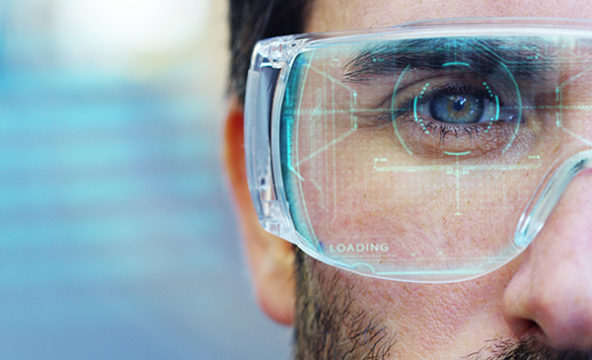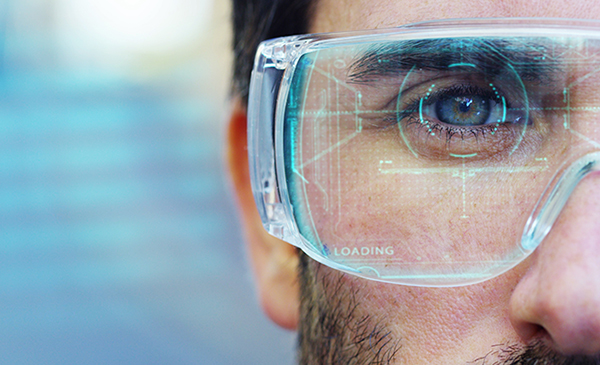
Nicolas Carlone, Assistant Director of DGR and Cargo Publications at IATA, will speak on Dangerous Goods acceptance automation—and give a live demo of IATA’s new virtual reality training tool—at the 14th annual Dangerous Goods Symposium, September 4–6, 2019, in Chicago.
During last year’s Dangerous Goods Symposium, we wrote, “Sometime in the not-too-distant future, someone will fill out the last paper Dangerous Goods declaration—ever.”
Thanks to Nick Carlone and the team at IATA, that day is significantly closer. Last fall, IATA introduced DG AutoCheck—a digital solution that checks the compliance of the Shipper’s Declaration for Dangerous Goods against all relevant rules and regulations in the IATA Dangerous Goods Regulations. AutoCheck is designed to replace the manual checking of paper declarations, streamlining the process and minimizing the potential for error.
Now, Carlone is pleased to report that it’s catching on.
AutoCheck processes more shipments faster
“With less than a year under our belts, eight customers are actively using AutoCheck,” Carlone says, “including a big ground handling agent in China and a major European carrier. There are another 20 to 25 in the works—major airlines and ground handling agents around the world.
“Users with large volume are reaping the biggest benefits.”
The most important of those benefits is safety. Carlone says, “Even before speed, the true value of this system is that it will check all the rules for every UN number and every shipment—every time.”
He says users have also seen significant time reductions. “DG shipments can often be complex—declarations can be several pages long and include multiple different UN numbers, and take hours to process. AutoCheck can check that document in seconds. Customers have seen drastically reduced times—50% to 60% less.”
That time savings also means “…the risk of shipments not getting on the plane is drastically reduced. It’s up to the airline to determine how to manage its cargo capacity against flight schedules, and shipments can get left behind because no there’s no time to process them. Now they can process more shipments faster.”
Virtual reality for hazmat training
In addition to hearing the latest on DG AutoCheck, Symposium attendees will also get to try out IATA’s new virtual reality training program for airport personnel.
“We’re taking ramp training from a static classroom and onsite experience to something spectacular,” says Carlone. “We do onsite training on the airport apron, but it’s difficult—it’s noisy, there are security concerns, and it takes a lot of time. VR is a safe and secure way to mimic that environment. It’s a great way to create training programs.”
Carlone considers AutoCheck and VR training to be “just the starting point of leveraging technology to disseminate standards. I hope someday to remove ‘publications’ from my job title—they’re the tools of the past. Virtual and augmented reality are more intuitive, more efficient ways to get standards to the industry in ways people can better make use of them.
“I’d rather give our users the tools they need to help them perform a specific function than give them a 1200-page book and say ‘Figure it out.’ There’s a greater push today than there has ever been, at both the airline and the shipper level. We’ll get there eventually.”
The 14th annual Dangerous Goods Symposium—September 4–6, 2019
You can enjoy Carlone’s presentation and many more at the 14th annual Dangerous Goods Symposium September 4–6, 2019, at the Sheraton Grand Chicago.
Join us as industry experts and regulators discuss topics and lead workshops that cover everything from training best practices to international and domestic regulatory updates and the latest lithium battery regulations. You’ll never find more DG knowledge or experience in the same place, anywhere.


